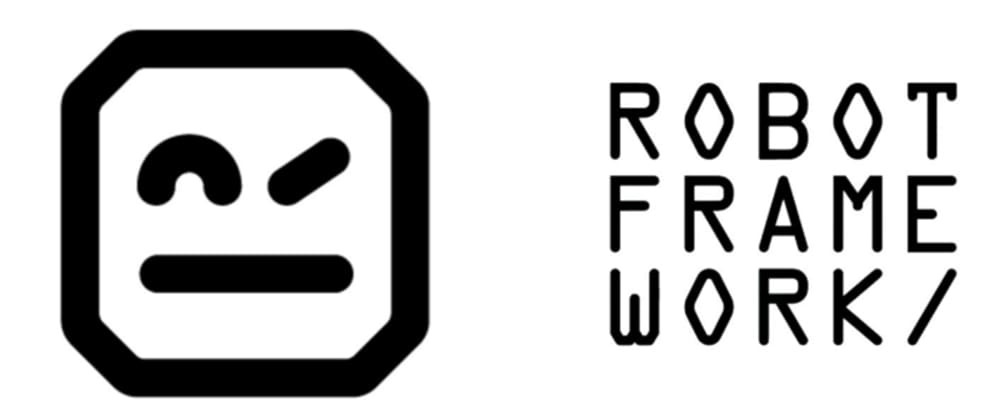Robot Framework is a general-purpose acceptance level testing and acceptance test-driven development (ATDD) framework.
Many of the users have been using this framework for rudimentary acceptance testing, which adds specs and test cases related to the actual app testing to the system level testing capabilities.
However, this article will go over some fundamental concepts in this blog if you are unfamiliar with Robot Framework or are looking for a way to use it for thorough mobile app testing.
What is Robot Framework?
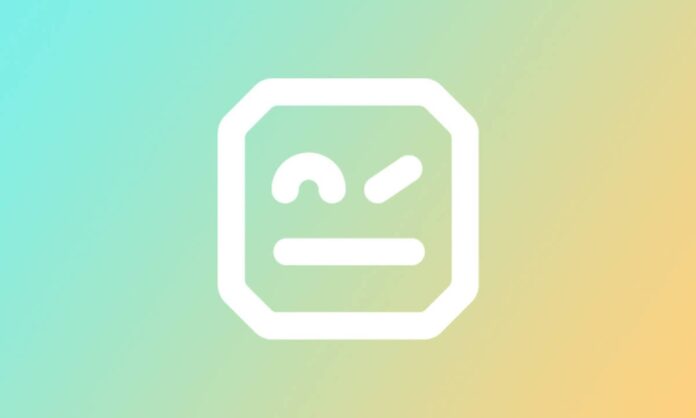
An open-source, general automation framework built on Python is called Robot Framework. Both test automation and robotic process automation (RPA) can be done using it. Robot Framework Foundation provides support for it. The instrument is utilized in the software development process by numerous market leaders.
Understanding the fundamentals is essential for any software robot developer because Robocorp offers tools for writing, running, and orchestrating software robots that are driven by Robot Framework and used in RPA.
The framework also includes a tagging function allowing you to group tests or tasks according to their purposes and determine which should be executed first. It offers a command-line interface for simple installation into a built-in continuous integration system.
During particular stages of a continuous integration pipeline, using tags to control the execution of tests or activities from the command-line enables flexibility and efficiency. For instance, perhaps we just want particular checks labeled “smoke test process,” “check feature x,” or “check Jira ticket 123” to execute throughout particular stages of that pipeline process.
There are alternatives to use external libraries created by the community or implement your own custom libraries in addition to the built-in functionality and many libraries that come with Robot Framework itself. The Library API is an easy method to start creating custom libraries and supports both Python and Java.
The Remote Library Interface, which supports all programming languages, not just Python or Java, is another custom library option that is a little more sophisticated but has the potential to be quite powerful. You gain the capacity to develop solutions for problems that can’t be solved by built-in libraries alone, thanks to such alternatives. Additionally, this has the advantage of setting you on the road to joint development with the Robot Framework community.
Robot Framework Architecture
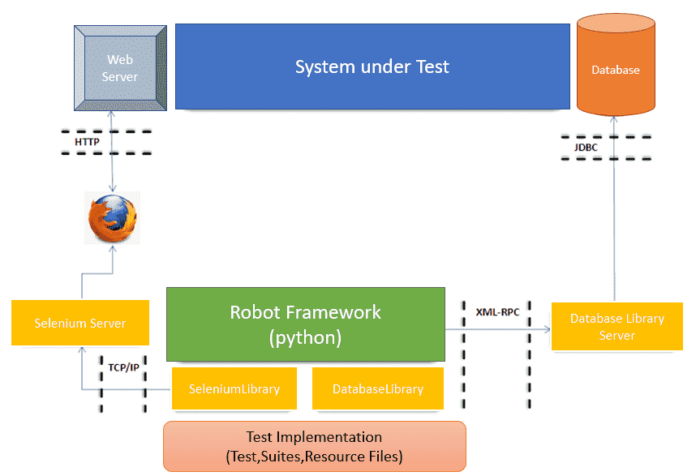
The robot framework’s architecture is quite modular. It uses keyword-driven testing and is not technology-specific. From the available keywords, users can generate more specific keywords. Users can construct test libraries in several programming languages in addition to creating keywords.
Test Data
The initial layer of the Robot structure, test data, is presented in tabular form. The tabular format of the data makes data maintenance relatively simple. This test data is the input to the Robot framework, which begins processing it as soon as it receives it and produces reports and logs after execution. HTML and XML formats are used for the report. The generated reports cover every line that is run as part of the test case.
Robot Framework
The main benefit of the Robot framework is that it doesn’t care which target is being tested. Libraries that leverage application interfaces, whether built-in or user-created, can be used to communicate with the layers beneath the framework.
Test Libraries & Test Tools
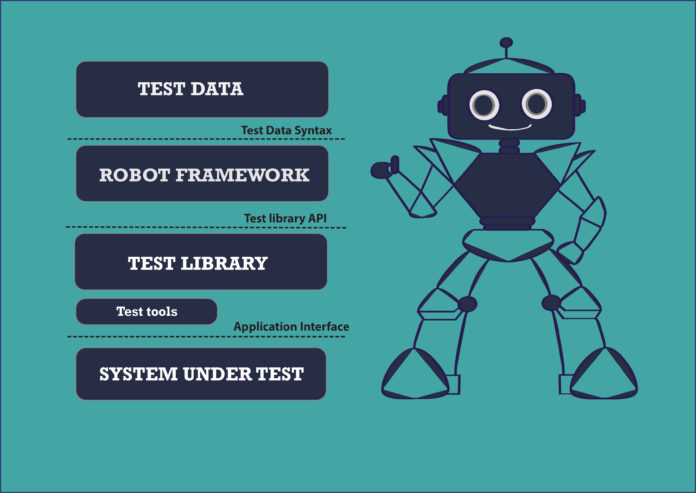
The code is portable and manageable since the Robot framework only communicates with the other levels of the system through libraries. Typically, libraries are imported at the beginning of the implementation.
System Under Test
The testing activity is actually carried out on this target. It might be a web app or a website. The interface between the Robot Framework and the system being tested is provided via libraries. Therefore, the framework has no direct communication channel with the system being tested. The following file types are supported by the Robot framework: plain text, HTML, TSV (tab separated values), and reST (restructured text).
Key Features of Robot Framework
Here are some of the key features of robot framework-
1. Tests Driven by Keywords
One of Robot Framework’s important characteristics is the keyword-driven testing approach that it employs. Test cases are constructed using keywords, which are condensed, reusable actions or methods that perform specific tasks. By mixing keywords, test cases and test suites can be created. This method makes it simple to modularize and reuse automation components.
2. Buildings with Flexibility
The customizable architecture of Robot Framework enables users to develop customized keywords and libraries that are catered to their own requirements. Due to its versatility, which enables it to adapt to a range of domains and technologies, it is a well-liked solution for testing web applications, APIs, mobile apps, and more.
3. Cross-Platform Support
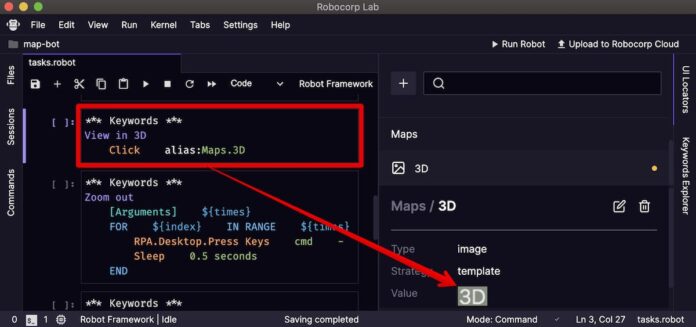
Robot Framework is compatible with Windows, macOS, and Linux in addition to other operating systems. Automation scripts can be used in a number of circumstances without modification due to their adaptability.
4. Integrated Test Libraries
Numerous integrated libraries in the Robot Framework can be utilized for frequent testing activities. These libraries provide support for a variety of tasks, including file operations, HTTP requests, database interactions, and more. Users can also develop their own unique libraries to increase the functionality of Robot Framework.
5. Testing Data Management
Data-driven testing is made simple by the availability of test data in a variety of forms, including CSV, Excel, and plain text. Robot Framework enables the production and manipulation of dynamic data in test scripts.
6. Test Reporting and Logging
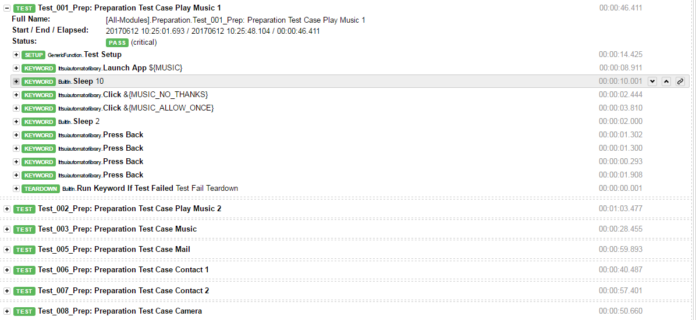
Robot Framework creates thorough test logs and reports, making it simple to examine test results and spot problems. For automated test execution and reporting, the framework also allows connection with continuous integration (CI) systems like Jenkins and Travis CI.
Prerequisites for the Robot Framework
- Install Python 3.6.x or a later version. If the 3.6.4 version has any differences. The reader can select which version to install.
- Set up pip, the Python package management. Its download website is where you may get it. It is strongly advised to install pip because it will be used in all subsequent installs in the blog article.
- Get a development environment downloaded. In the blog article, PyCharm Community edition will be used. Since code snippets are not IDE dependent, you are free to use any IDE of your preference.
Starting with the Robot Framework
Here is the steps to start with the robot framework-
Installation
You must have Python installed on your machine in order to use Robot Framework. Using the Python package manager, pip, you may install Robot Framework after installing Python:
Making Your Initial Test
You must specify a test suite, test cases, and keywords in order to create a fundamental test case in Robot Framework.
- Create a text document with the extension “robot,” for instance, “my_test_suite.robot.”
- Utilizing the *** Test Cases *** section, define a test suite.
- Utilize keywords to describe test cases. Built-in or custom keywords are both possible.
- File saving.
- Run the test suite by using the robot command.
Best Practices For Robot Framework
To make the most of Robot Framework, it is suggested that you follow a few best practices, such as:
- Modular Practice: Organize your test cases into manageable, reusable, and simple-to-maintain components by using a modular technique.
- Separate test results: To preserve data separation, store test results in various files, such as CSV or JSON files. This facilitates updating and keeping test data.
- Use version control: Use a version control system like Git to track changes to your test cases and ensure that everyone is using the most recent version.
- Use thorough, clear documentation: By including explicit explanations and examples in your documentation, you can make it easy for users to comprehend and manage your test cases and keywords.
- Review and Verify: Review and refactor your test suite on a regular basis. By eliminating any duplicate or unneeded test cases, you can keep your test suite up to date and maintainable.
- Execute tests on actual hardware: If you want more accurate test results, it’s imperative to execute tests in real-world user scenarios. You can leverage the true capability of the Robot framework by using it in cloud cloud-based platform. LambdaTest is an AI-powered test orchestration and execution platform that allows testing across 3000+ devices, browsers, and OS combinations.
- Run Your Selenium Tests Effortlessly on a Cloud Grid Using Robot Framework Achieve seamless automation of Robot test scripts at scale by leveraging an online Selenium grid, streamlining your release cycles effortlessly.
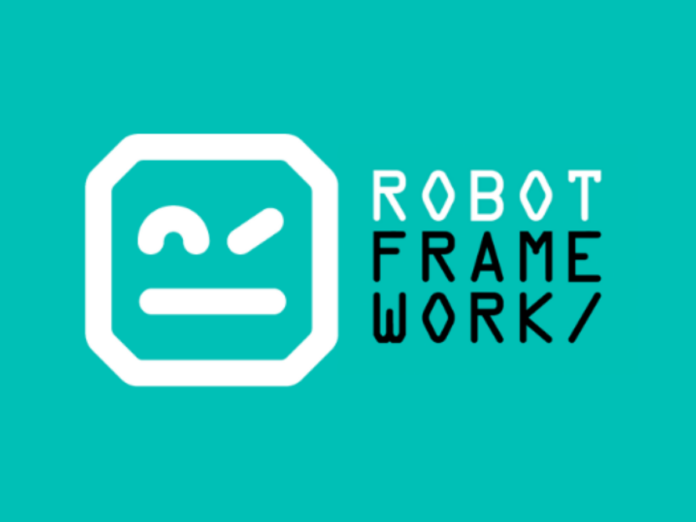
Source: icehousecorp. - Boost the Efficiency of Robot Test Scripts with Cloud-Based Parallel Testing Harness the power of LambdaTest’s online Selenium grid to significantly reduce your overall test execution time by running tests in parallel.
- Conduct Comprehensive Geolocation Tests with Robot Framework. Explore how your website responds when accessed from various locations. LambdaTest’s Selenium Grid empowers you to conduct geolocation testing using the Robot framework across more than 27 countries in the cloud.
- Now, executing your automated Selenium Robot scripts using an online Selenium Grid is a breeze. The LambdaTest GitHub repository provides you with all the tools you need for a smooth and swift migration.
- Concurrently run tests: Run tests simultaneously to speed up and reduce the time needed for test execution. To do this, you can use resources like Selenium Grid and the Parallel Execution feature of Robot Framework.
Conclusion
A potent keyword-driven testing framework is the robot framework. Developers and testers may create readily maintainable test suites and test cases by using keywords from the SeleniumLibrary. You should choose between data-driven tests and workflow tests depending on the needs of the project or use case.
Although the Robot framework can be used to test on several browsers, an online Selenium Grid solution can be more cost-effective and scalable. You can cut down on the overall time needed for cross-browser testing by using parallel testing. When it comes to Test Driven Development and acceptance testing, the Robot framework is unquestionably among the best, and using (Robot + Selenium) on the cloud increases its usefulness and strength.

